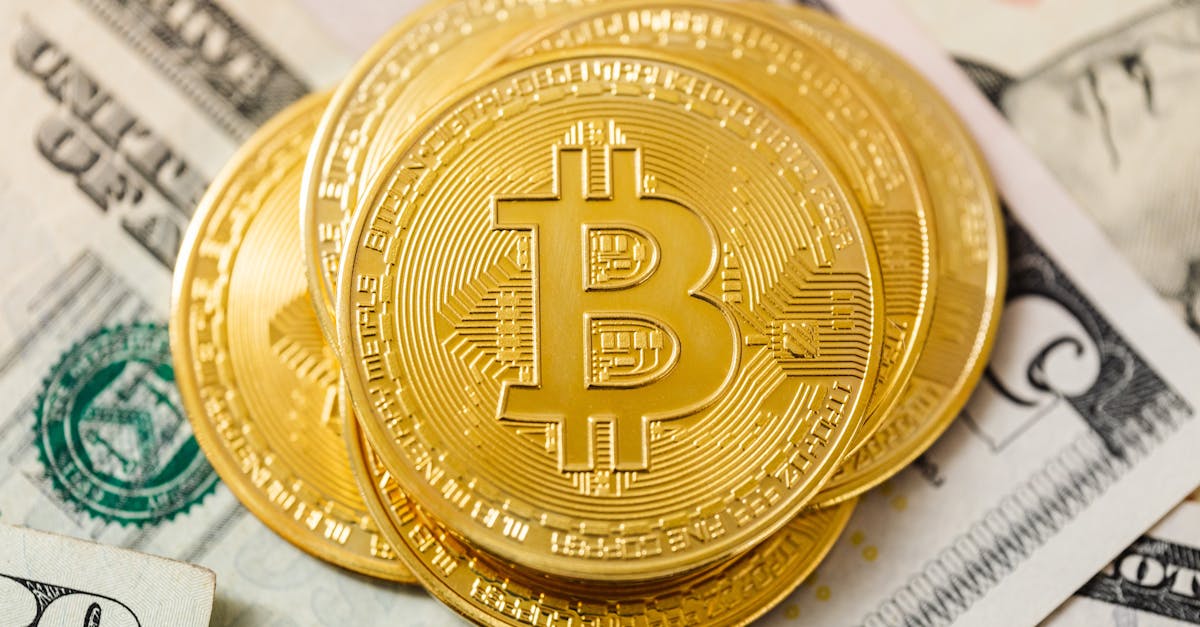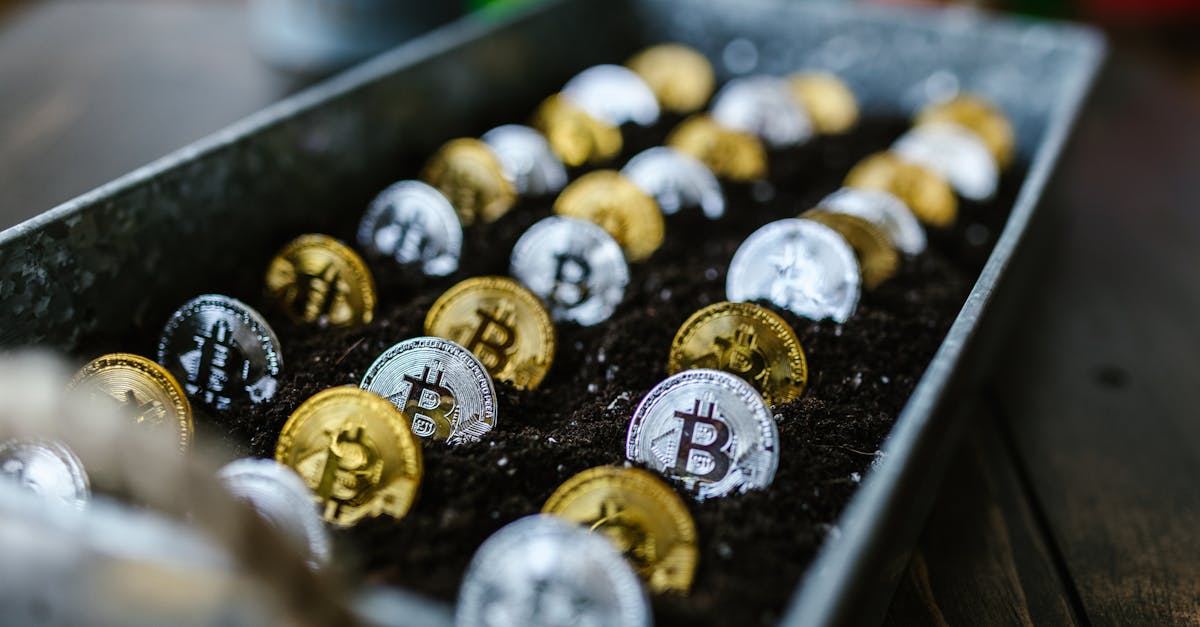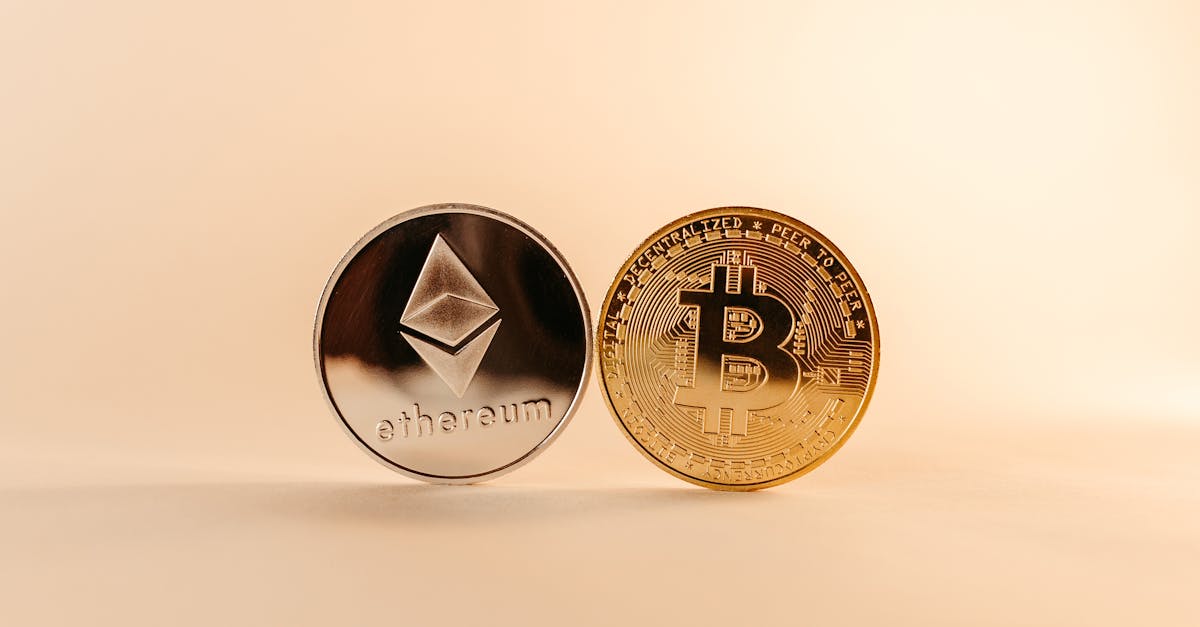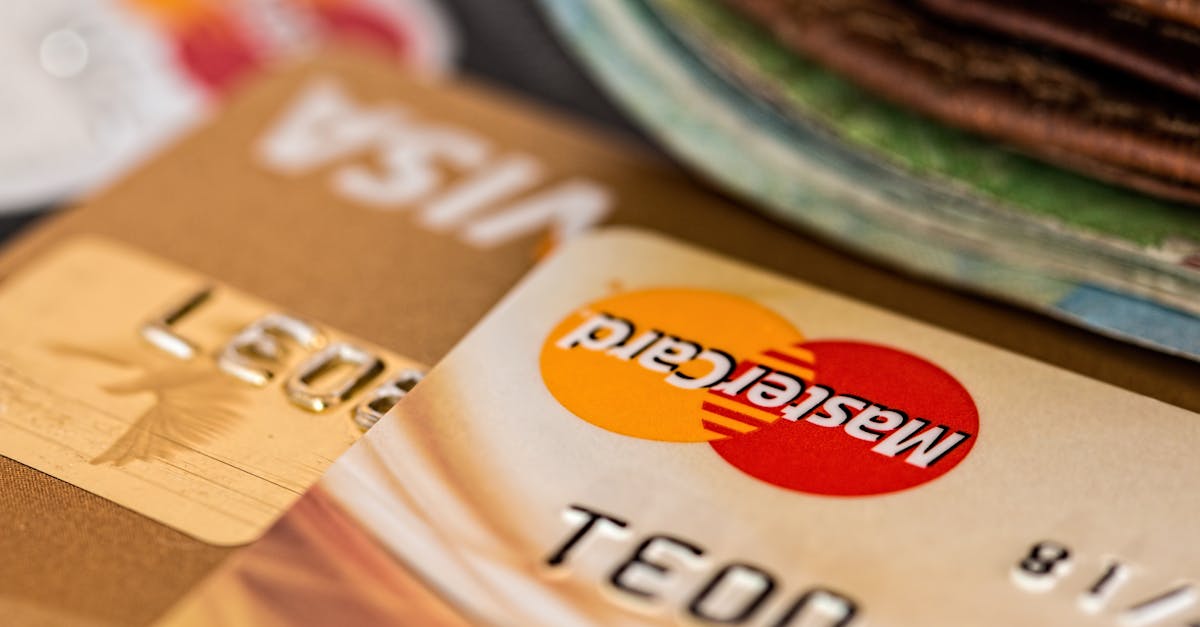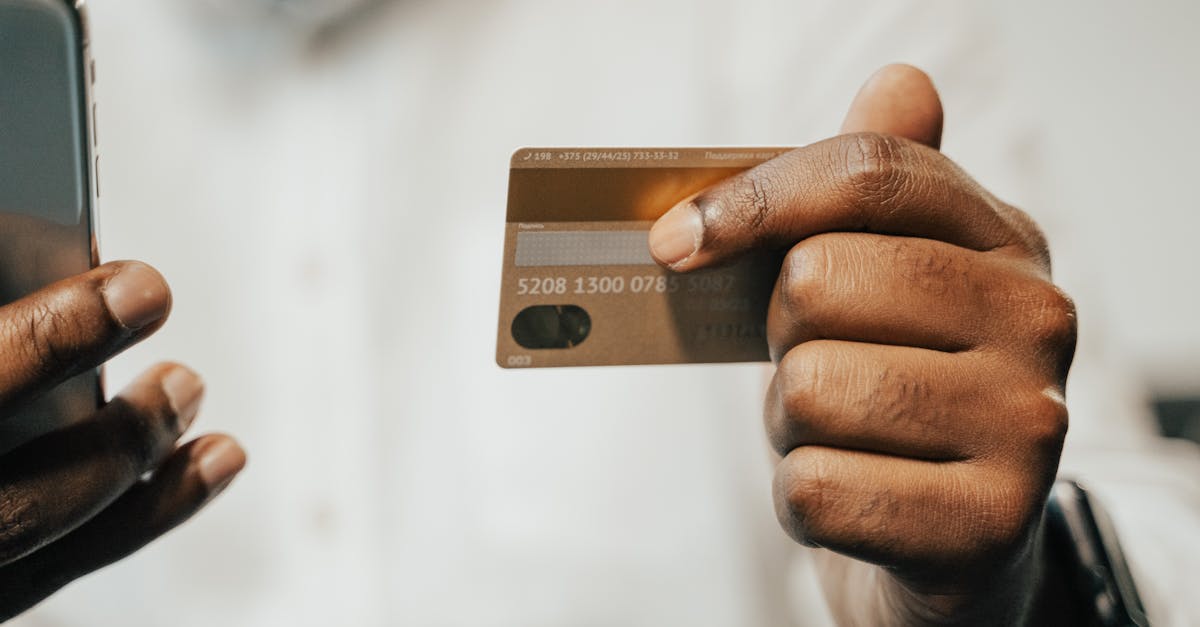The Rise and Expansion of Mobile Payments
Introduction
The expansion of mobile payments is reshaping the financial landscape. Technological advancements have made mobile transactions more accessible and efficient. This article explores the origins, growth, and implications of mobile payments worldwide.
Advertisement
Origins of Mobile Payment Systems
Mobile payments began with the rise of mobile banking, allowing users to transfer money through texting. It took off in 2007 when the introduction of smartphones facilitated more sophisticated payment apps. The early systems emphasized convenience while prioritizing security.
Advertisement
The Role of NFC Technology
Near Field Communication (NFC) has been pivotal in the growth of mobile payments. NFC allows two devices to communicate when in proximity, making contactless transactions a reality. This technology has revolutionized retail and paved the way for services like Apple Pay and Google Wallet.
Advertisement
Integration with Digital Wallets
Digital wallets have expanded the scope of mobile payments by storing credit and debit card information securely. Users can make payments without carrying physical cards, increasing transaction speed and security. Paypal, Venmo, and others provide versatile wallet services adapting to various user needs.
Advertisement
The Influence of the COVID-19 Pandemic
The COVID-19 pandemic accelerated the adoption of mobile payments as people prioritized contactless transactions. Businesses adapted to mobile payment systems to ensure customer safety, causing a significant uptick in usage. This shift highlighted the necessity of digital finance solutions in modern economies.
Advertisement
Global Adoption Rates
Different regions have integrated mobile payments at varying rates. Countries like China and the Nordics lead mobile payment adoption with solutions like Alipay and Swish, while some regions lag due to infrastructure challenges. The global expansion reflects the growing preference for cashless transactions.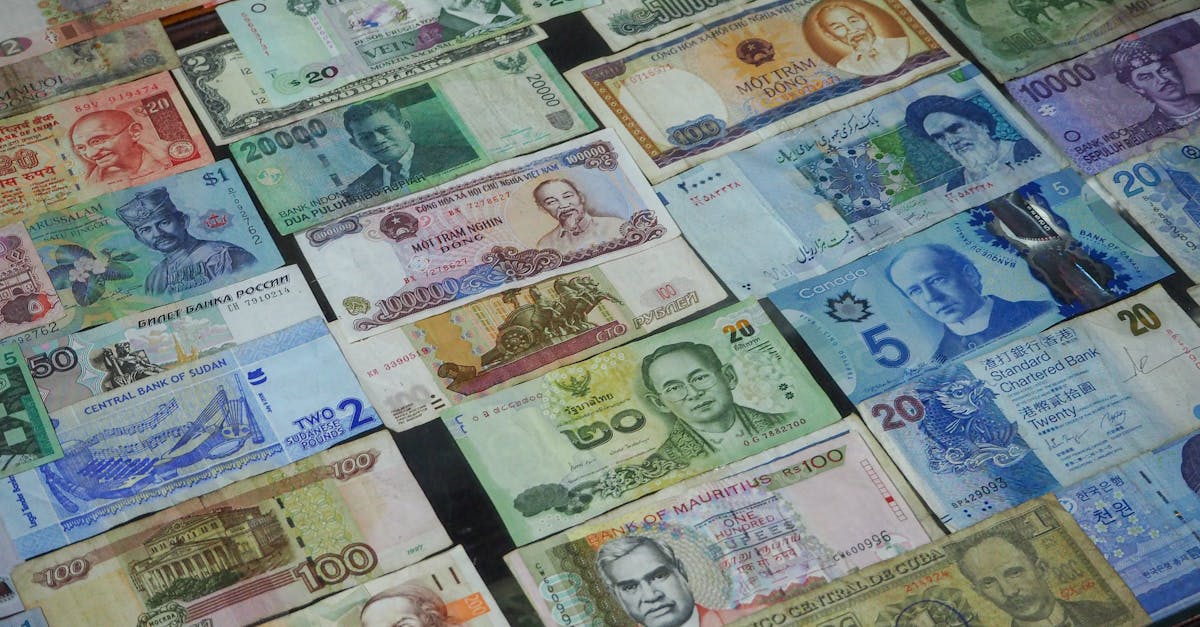
Advertisement
Addressing Security Concerns
Despite their convenience, security remains a critical concern for mobile payments. Providers have implemented advanced encryption and biometric authentication to protect user data. Continued advancements ensure that mobile transactions remain secure and trustworthy for consumers globally.
Advertisement
Impact on Traditional Banking
Mobile payments have transformed how individuals interact with their banks. Traditional banks are now developing mobile-friendly services to compete with fintech companies. This evolution in banking underscores the need for traditional institutions to embrace digital innovations to remain competitive.
Advertisement
Future Prospects and Trends
The future of mobile payments promises further integration with technologies like blockchain for enhanced security. As 5G technology becomes mainstream, it may enhance processing speeds. Analysts predict that innovations in AI and machine learning will further revolutionize the industry, creating seamless and personalized user experiences.
Advertisement
Conclusion
Mobile payments have become an integral part of modern finance due to their convenience and adaptability. From origins rooted in mobile banking to mainstream adoption during the pandemic, they represent the future of transactions. As technology evolves, mobile payments will continue to influence global economic landscapes, pushing traditional boundaries.
Advertisement
